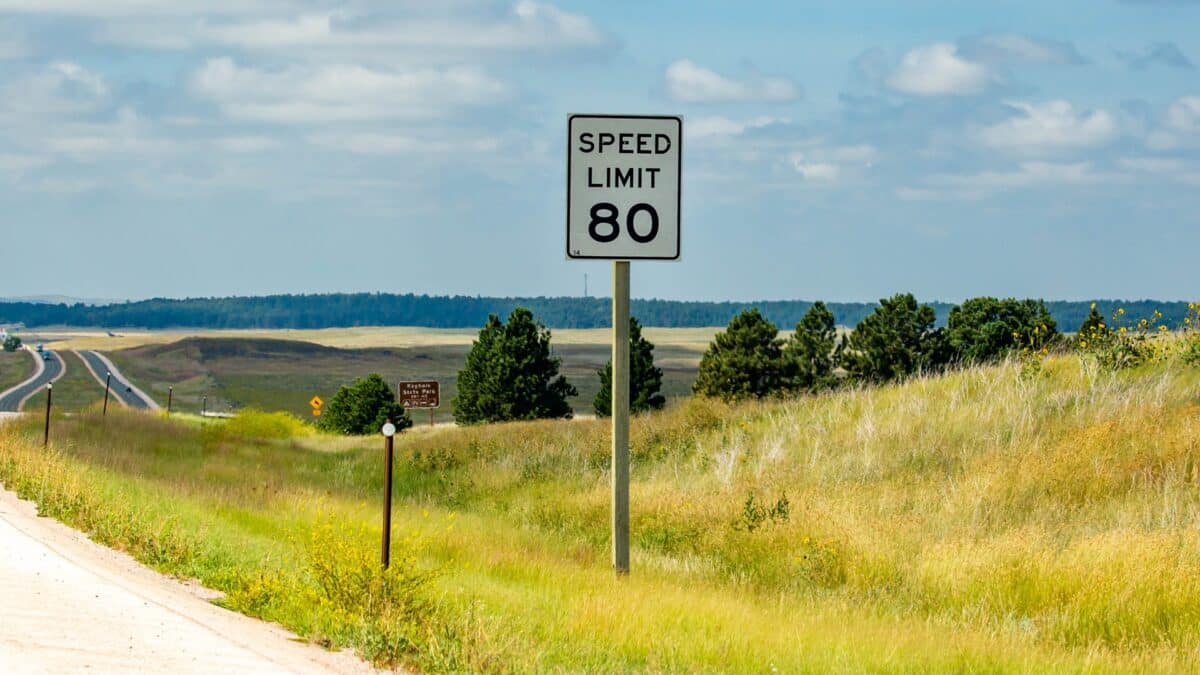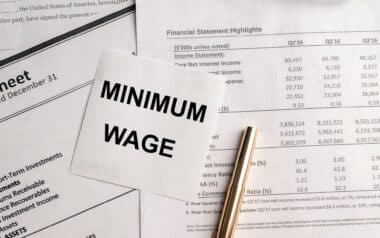Starting August 1, North Dakota will officially raise the speed limit on its interstate highways to 80 mph, following a bill signed into law by Governor Kelly Armstrong on May 5. This legislative change, part of House Bill 1298, aligns the state’s speed policy with its neighbors South Dakota and Montana, both of which already allow 80 mph travel on similar roadways. The new law replaces the previous statewide maximum of 75 mph.
The measure passed on its second attempt through the state legislature and has been welcomed by many drivers, but it also drew concern from safety advocates. While state officials view the change as a practical alignment with prevailing traffic speeds, others caution that increased speed limits can contribute to more severe crashes. The state has responded to these concerns by also adjusting speeding fines, aiming to deter reckless driving.
Updates Fines Accompany Higher Speeds
To coincide with the increased speed allowance, North Dakota will also raise fines for speeding violations, particularly on roads where the new 80 mph limit applies. On highways with a limit of 65 mph or more, drivers caught exceeding the limit will face fines calculated at $20 or $5 per mile per hour over the limit, whichever is higher. For other roads, the fine will range from $3 to $20 per mph over the posted limit.
Additionally, drivers exceeding the limit by 16 mph or more will incur an extra $20 penalty. These changes are intended to serve as a warning and create stronger disincentives for aggressive or unsafe driving, which continues to be a major factor in vehicle fatalities across the country.
North Dakota Raises the Max Speed Limit to 80 MPH on Certain Highways https://t.co/TzZS32ZwCM
— Car and Driver (@CARandDRIVER) May 8, 2025
Regional Context and Legislative Motivation
North Dakota’s decision reflects broader regional trends, as nearby South Dakota and Montana already enforce 80 mph limits on multi-lane highways. Minnesota, by contrast, maintains a 70 mph limit on rural and interstate highways. Governor Armstrong noted that the new law “strikes a reasonable balance,” aiming to match regional norms while reinforcing enforcement through increased fines.
The lack of a national speed limit law in the United States has left decisions like this to individual states, resulting in a wide range of speed limits that typically fall between 55 mph and 80 mph. The recent law is seen by its proponents as a practical response to existing driving patterns and the behaviors of drivers who often exceed the previous 75 mph limit.
Safety Concerns Persist Amid Change
Despite the broad support for the law, some officials and analysts remain cautious about the possible impact on road safety. Traffic researchers continue to monitor correlations between speed limit increases and the severity of crashes. With speed and aggressive driving identified as major contributors to fatal incidents, critics warn that higher limits may increase the risk of deadly collisions if not accompanied by effective enforcement.
As the new law prepares to go into effect in August, North Dakota joins a growing number of states adjusting their transportation policies to reflect changing driving behaviors. Law enforcement and traffic safety agencies are expected to focus on education and enforcement during the transition to ensure compliance and reduce risk.










